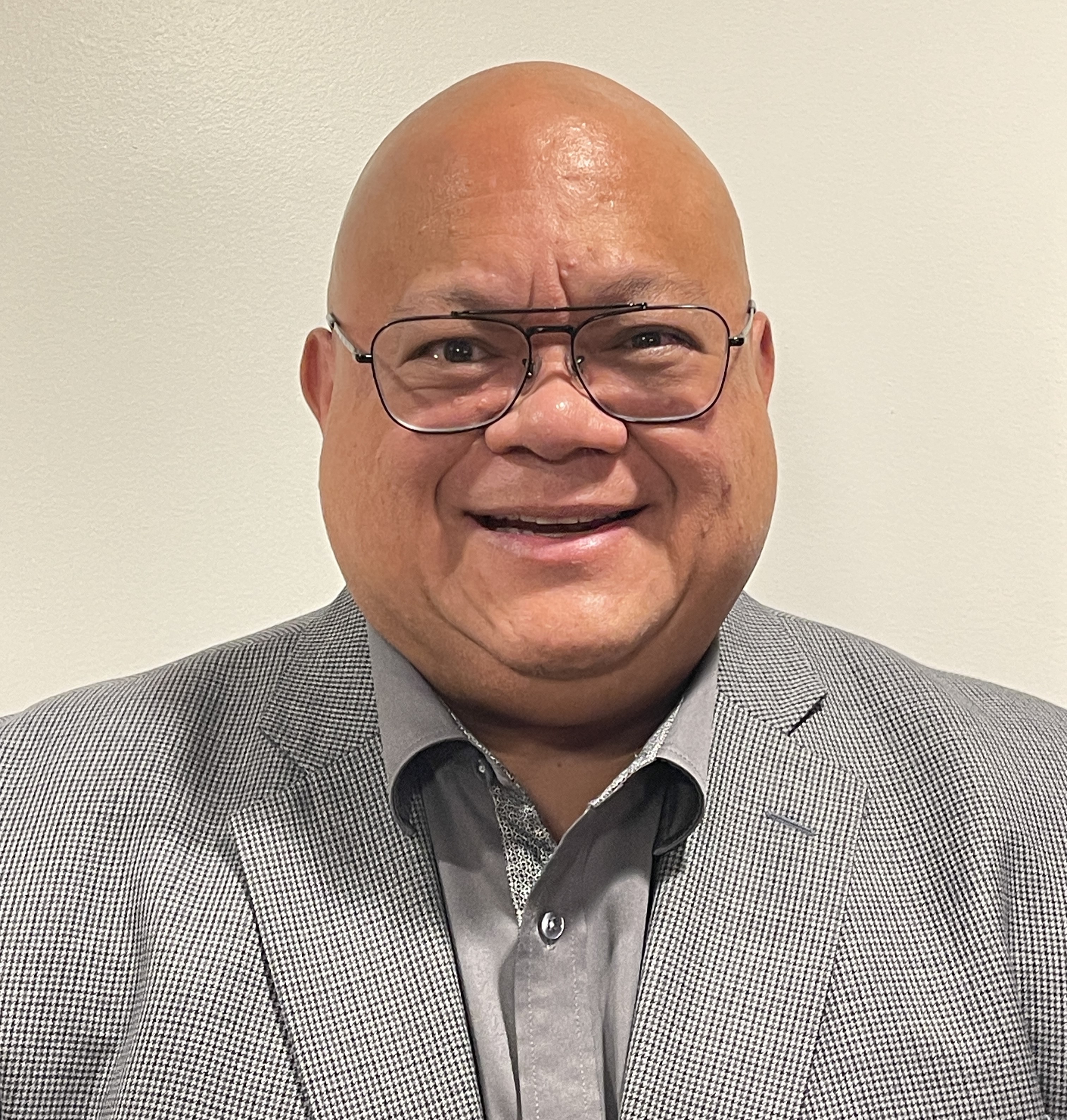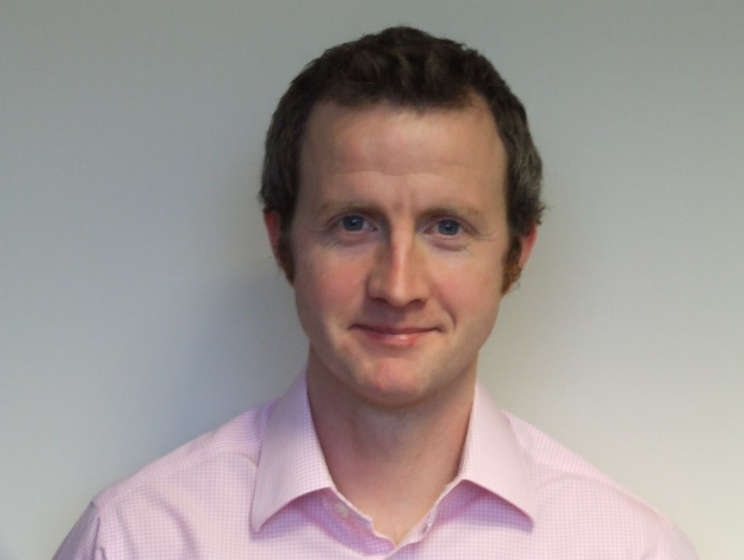Catered Lunch Programs
The 2023 RemPlex Global Summit showcased a topic each day. See below for the video recordings and the individual presentations as PDFs. Find all of the RemPlex Summit videos on the YouTube playlist.
|
|
|
Tuesday, November 14, 2023
Managing Leakage to Ground from an Aging Nuclear Waste Storage Facility—a UK Perspective from the Sellafield Site
Speaker: John Heneghan
► Presentation PDF
► watch recording here:
Waste Storage Facility—a UK Perspective from the Sellafield Site, November 14, 2023
The Magnox Swarf Storage Silos (MSSS) is an aging nuclear waste storage facility located on the Sellafield site, UK, designed for the wet storage of cladding swarf from Magnox reactor fuel rods. The original MSSS building of six hydraulically interlinked silos has only primary containment which was breached in the 1960’s. This resulted in leakage of silo liquor to ground at a rate of approximately 3m3/day until approximately 1980, when the leak stopped. The mechanism that resulted in cessation of the leakage is unknown. Leakage resumed again in 2019, with the leak rate being stable for the last two years at approximately 2.5 m3/day and this leak has been classified as an INES Level 2 event. Given the complexity of the geology and hydrogeology in the area around the MSSS leakage to ground from the historic and current leaks has seen the development of a complex distribution of contamination in ground both locally and distant from the building, including two distinct groundwater plumes.
Retrieving the waste stored within the MSSS and moving it into safe long-term storage is a Sellafield and Nuclear Decommissioning Authority priority activity and is seen as the most robust way to stop the leak. However, waste retrievals will take several decades to complete and so there is a recognised need to manage the leakage during the period of retrievals, including managing the impact to the land and groundwater.
The current leak to ground has prompted a large programme of work to understand the consequences of the leakage and to look at ways of stopping or actively mitigating the leak. From a land quality perspective, to date, this has included a significant increase in groundwater monitoring works, the development of a campaign of increased sampling at potential points of discharge to the off-site environment and development of a strategy for improved site characterisation and monitoring. Work is currently underway to install a number of new groundwater monitoring wells within the different groundwater plumes. This includes the first use of multi-level wells on the Sellafield site, using a novel multi-level well installation system.
This talk will discuss in detail how Sellafield Ltd are managing the ongoing leakage from a land quality perspective, including work undertaken to date, ongoing and planned future works, including the development of in-ground mitigation strategies. Included will be discussion of the process to identify potentially credible in ground mitigation options, management of regulatory issues and expectations, the challenges of working in a congested operational nuclear environment and the key next steps in managing the issue.
Wednesday, November 15, 2023
Moving Science into Practice: Applying Science and Technology to Sustainably Manage Former Uranium Mill Tailings Sites in the United States
Speaker: Mark Kautsky
► Presentation PDF
► watch video here:
to Sustainably Manage Former Uranium Mill Tailings Sites in the United States, November 15, 2023
The U.S. Department of Energy, Office of Legacy Management (LM), is committed to protecting human health and the environment within the communities that made sacrifices for the nation during one of the most critical periods in our country’s history. We continue to conduct long-term surveillance and maintenance (LTS&M) at sites where radioactive waste has been disposed, where residual contamination remains, and where passive or active treatment of groundwater, contaminated by radionuclides or other contaminants-of-concern, is being conducted. The LTS&M program includes annual site inspections, environmental monitoring, implementation of environmental remediation strategies (particularly for groundwater), and ensuring Institutional Controls remain in place and are being enforced.
The Applied Studies and Technology (AS&T) Program has a supplemental role in the LM mission. Incorporating improvements in scientific understanding and technology applications into site management and remediation strategies improves cleanup effectiveness, protectiveness, and sustainability and can decrease long-term stewardship costs. Consequently, AS&T strives to move the “state of the science” in long-term stewardship strategies and methods into the “state of the practice” at LM sites.
Climate impacts pose emergent challenges to the LM mission. LM routinely participates in a DOE-wide working group to exchange knowledge and experience and attends training and conferences focused on climate resilience to identify opportunities to adapt strategically. Internally, the AS&T Program is exploring methodologies to improve resilience of LM sites that are most vulnerable to climate change. For example, LM sites in arid and semi-arid regions have experienced erosional features sooner than originally anticipated, and LM is responding with corrective actions where needed.
AS&T conducts in-house studies and collaborates with other federal agencies, universities, national laboratories, and the international scientific community to evaluate and understand emerging engineering and scientific advancements that may prove beneficial to LM. Along those lines, LM’s investment in multiyear studies of cover performance has led to the development of innovative approaches to improving the long-term sustainability of disposal cell covers. These studies are also leading to alternative disposal cell designs and improved performance-evaluation methods and policies. AS&T study findings, together with other cover-performance projects, provide support for managing conventional and evapotranspiration (ET) covers based on health and regulatory risks.
Thursday, November 16, 2023
Technology as an Opportunity
Speaker: Rodrigo Rimando
► Presentation PDF
► watch video here:
About the Speaker Rodrigo Rimando, Department of Energy, Office of Environmental Management Rodrigo (Rod) V. Rimando, Jr. is Acting Director for Office of Technology Development within the Office of Environmental Management (EM). Rod has over 36 years of nuclear experience that started in 1987 as a nuclear engineer at the Navy Department’s Charleston Naval Shipyard in South Carolina. He joined DOE in 1995 at the Savannah River Site bringing with him his newly expertise in nuclear facility decommissioning and environmental cleanup having directed a large portfolio of cleanup projects in support of base closure. From 1995 to 2012, Rod directed numerous high-profile legacy cleanup projects many of which incorporated advanced tooling and innovative solutions. Within that 17-year span, Rod served as the Site EM Federal Project Director at Brookhaven National Lab in New York from 2001 to 2004 and then directed a three-year, $1.7 billion portfolio of Recovery Act projects at SRS from 2009 to 2012. He transferred to EM headquarters in 2012 at which time he served as EM’s technical liaison to former Secretary Stephen Chu on Hanford’s Waste Treatment and Immobilization Plant. In 2016, when EM was reorganized, Rod served as the director of the newly formed Office of Technology Development for its first three years. This past April, Rod returned to technology development and is now acting in his old job. Rod has a Bachelor of Science degree in Physics/Nuclear Physics from The Citadel, The Military College of South Carolina. |

